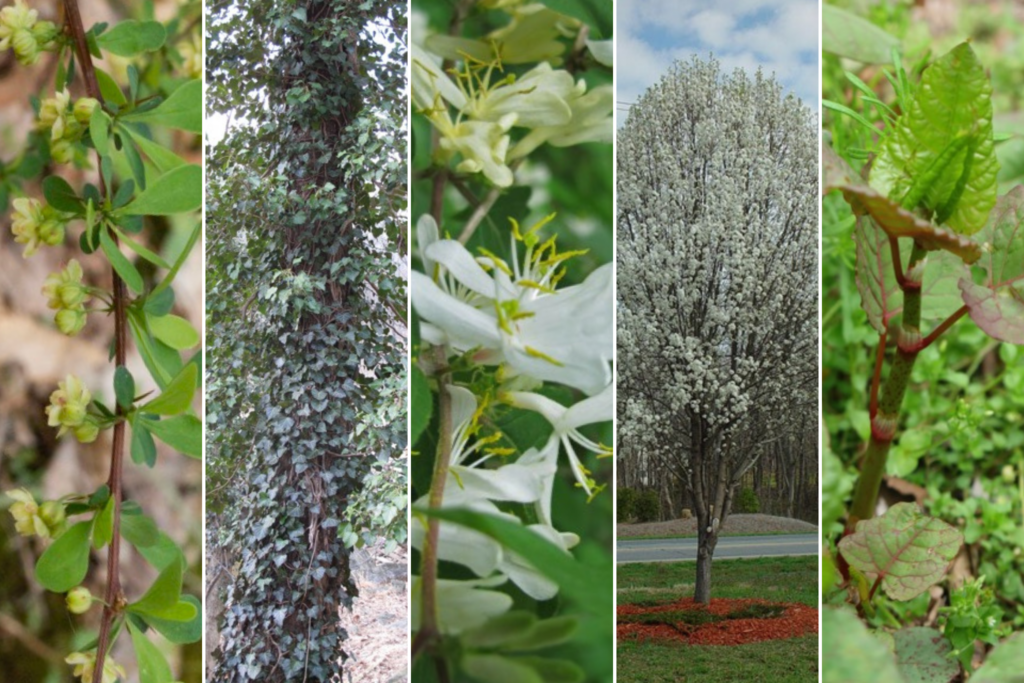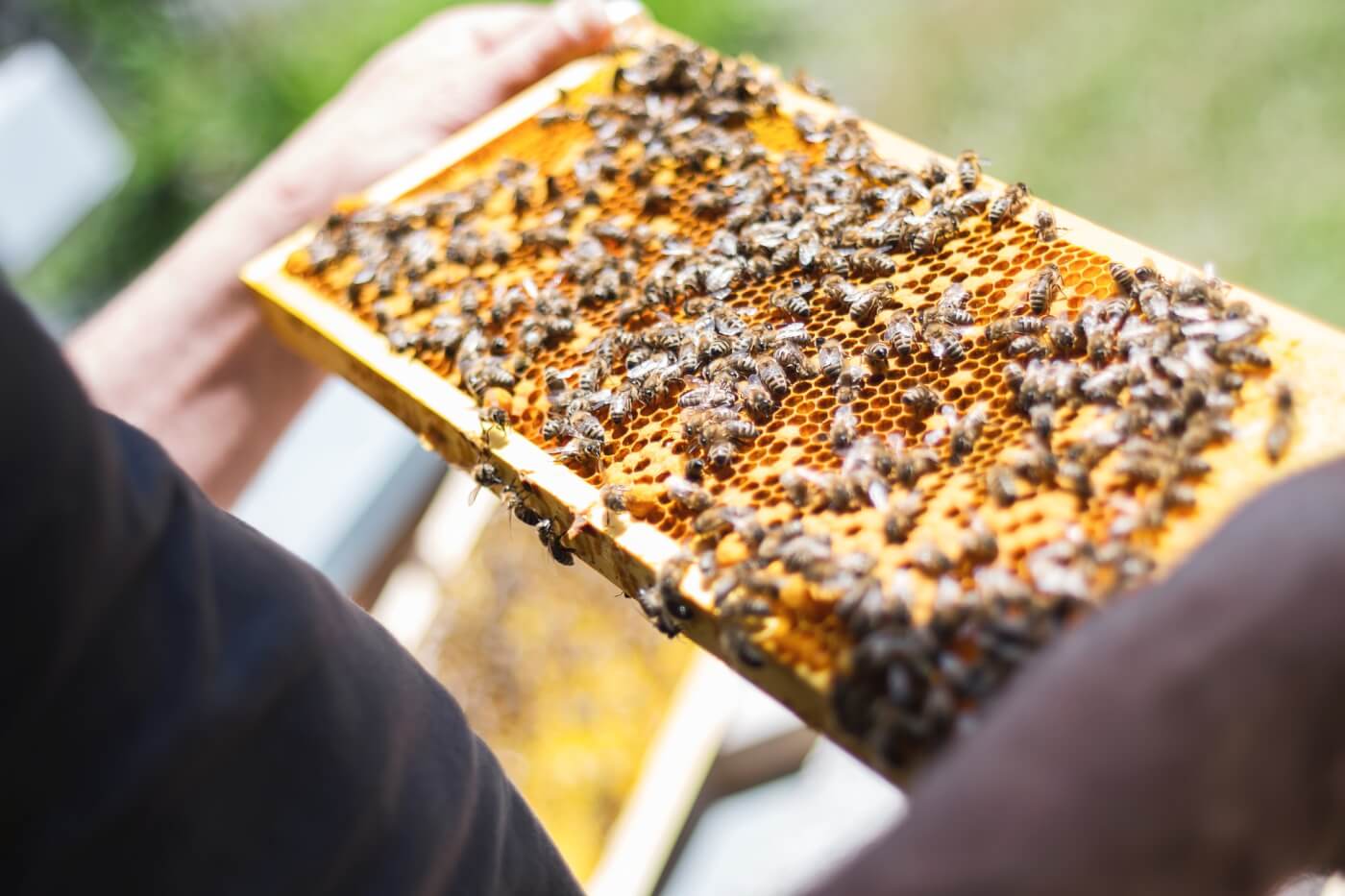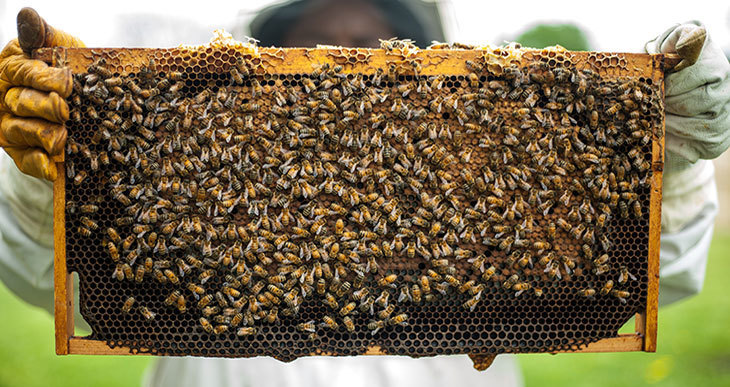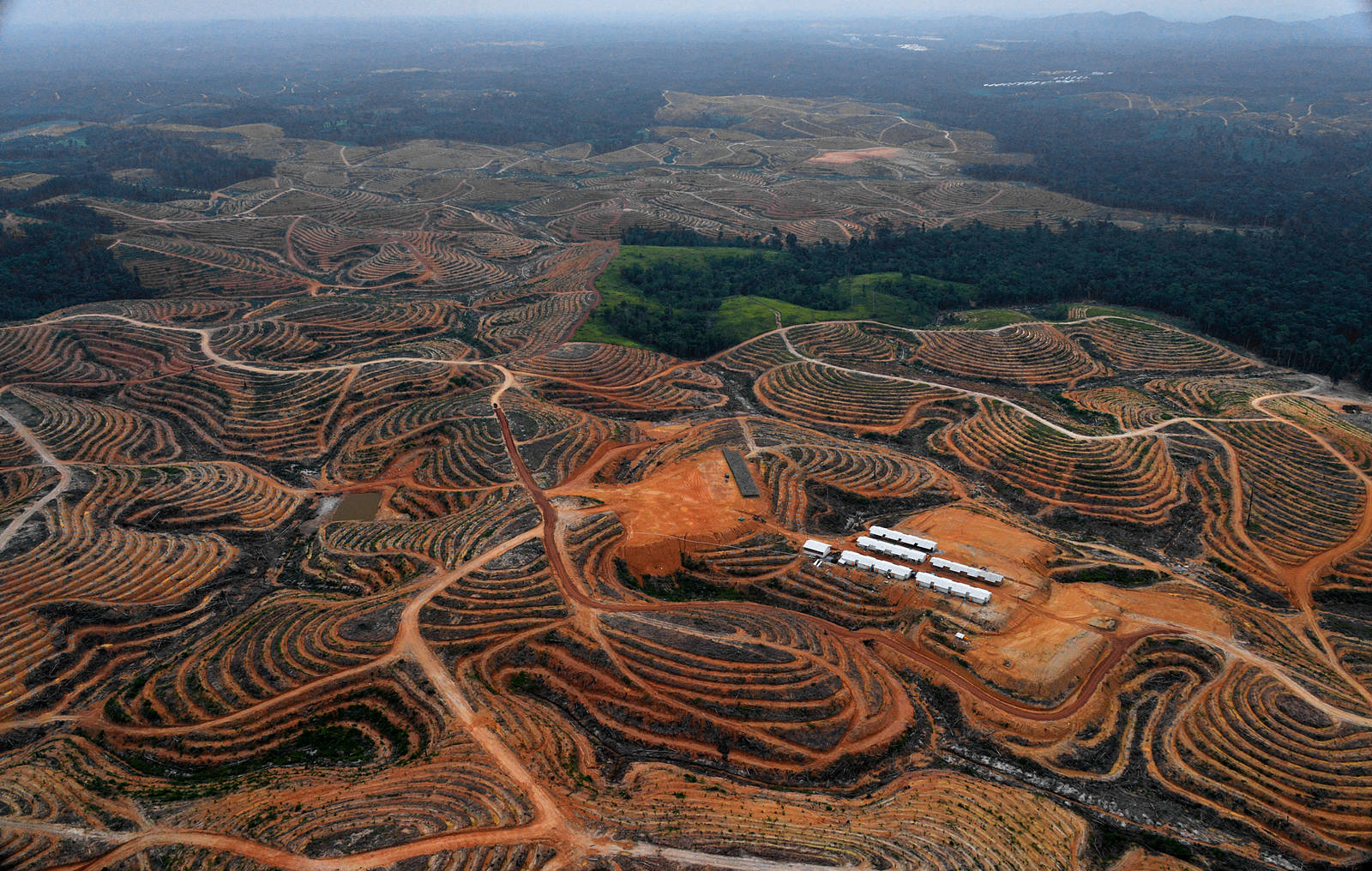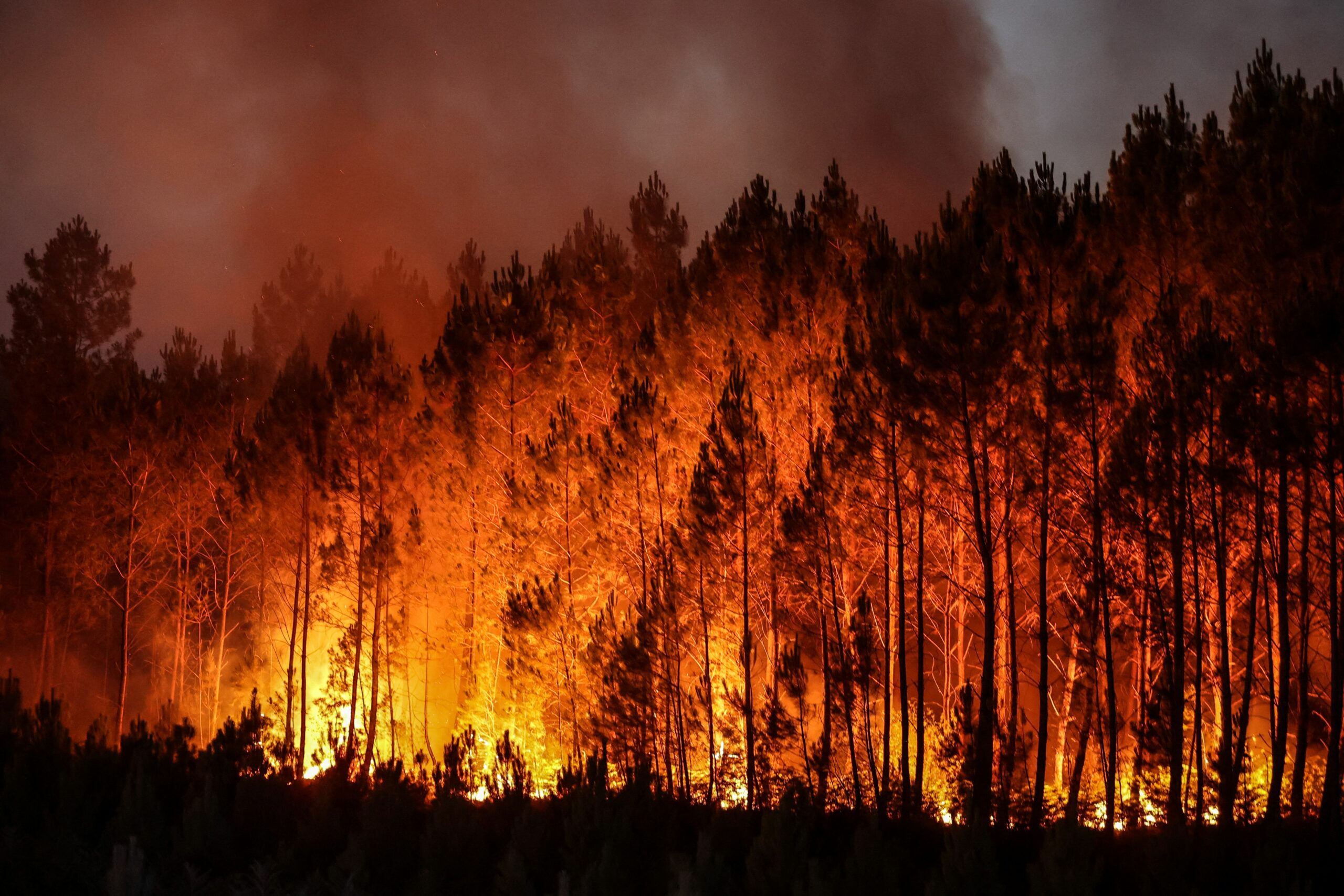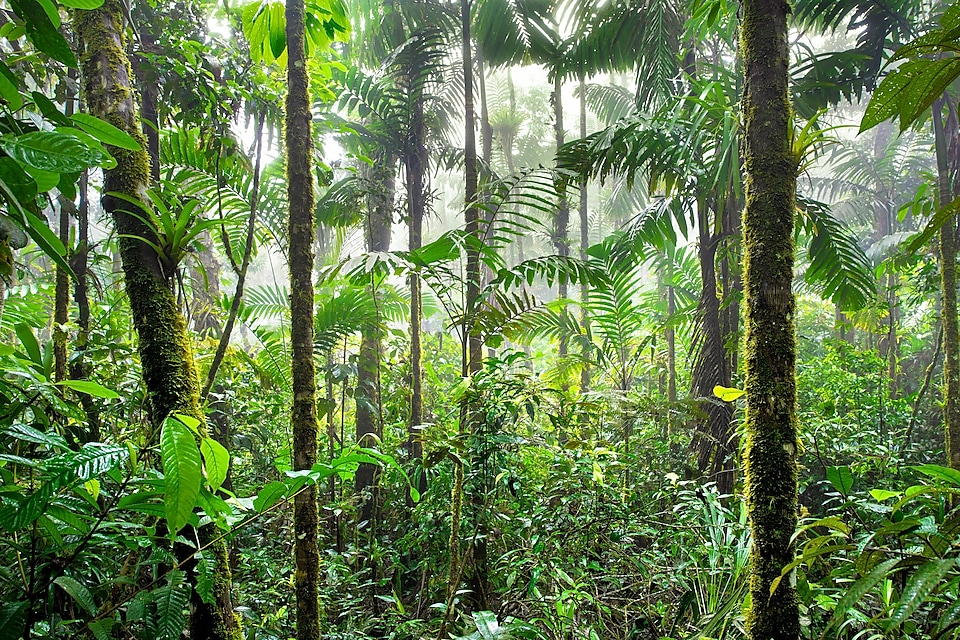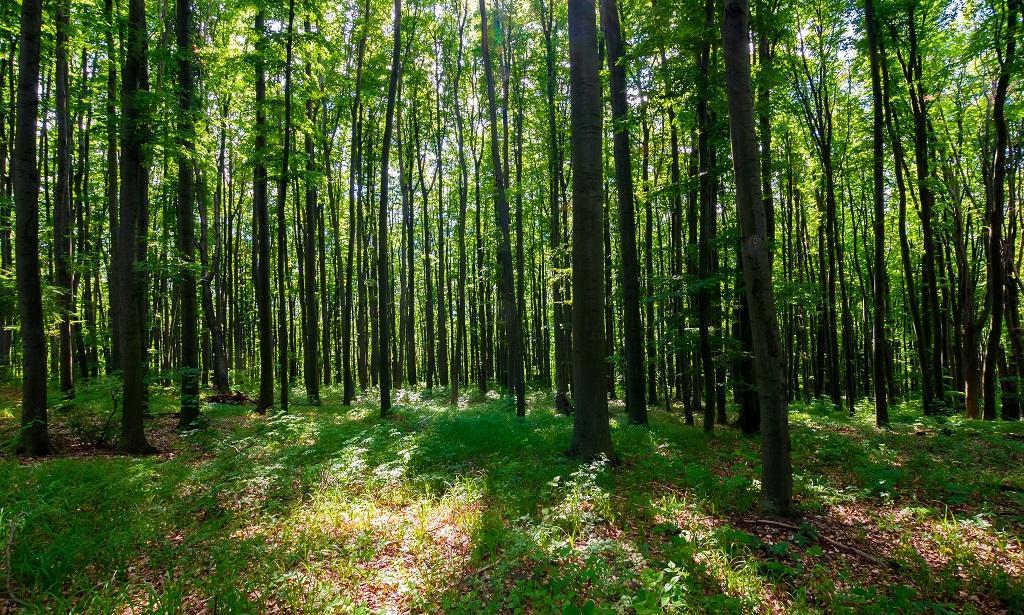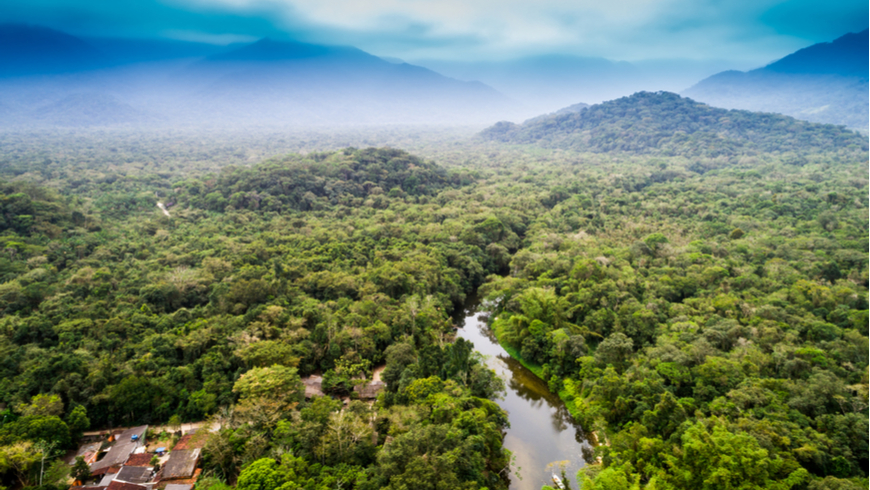Invasive plant species are damaging Maryland’s environment. From bamboo to bushes, invasives, environmentalists say, have wrapped their tendrils all across Maryland. The United States Department of Agriculture defines invasive plants as non-native or alien to the ecosystem under consideration and whose introduction can cause economic or environmental harm or adversely affect human health. Invasive plants […]

